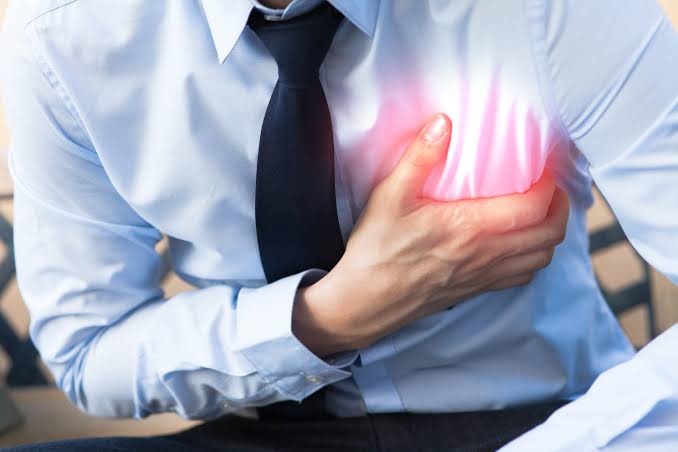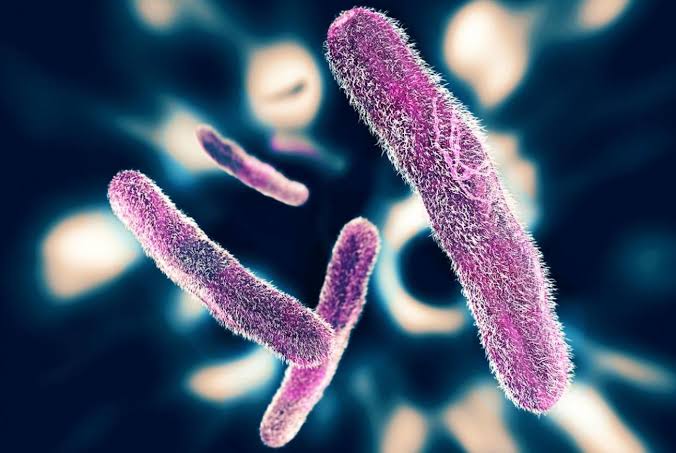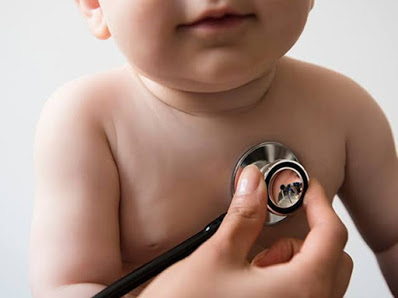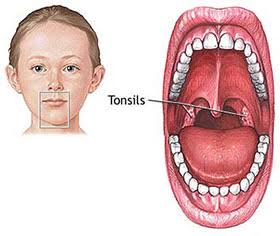FUNGAL INFECTIONS
Is commonly found in adults, it is not uncommon in children. Many a time it occurs mainly because of over use of antibiotic: Monilial super infection-(oral thrush). Common fungal infections are candidiasis, ringworm infection and Tinea versicolor.
The child may be brought only for the symptoms of skin disease or for symptoms of skin diesease or for symptoms of skin disease which may be associated with other illnesses like gastro-enteritis, marasmus, etc.Sound knowledge of common skin diseases during childhood will certainly help the general practitioner in managing pediatric cases in a better way. common skin diseases during childhood are scabies, fungal infection,dermatitis and bacterial infections
CANDIDIASIS FUNGAL INFECTIONS IN KIDS
It is caused by Candida albicans. The commonest presentation in children is oral thrush, vulvo-vaginitis and fungal diarrhea: Due to candidiasis. Many a time it is due to overuse of antibiotics.
1. Oral Thrush
Appears as curdy flakes: If re- moved, it leaves raw area. It is quite common in neonates and in- fants. Many a time it is mistaken as remnant of milk and tongue of the child is cleaned with cloth leaving raw area on tongue. This may lead to refusal to feeds.
2. Vulvo-Vaginitis
It is rare in children but it may present as whitish discharge from Vagina. 3. Fungal Diarrhea due to Candi- diasis Occurs mainly due to superinfec- tion after antibiotic therapy.
4. Candidiasis Intertrigo
Seen in folds of skin of bony infants. Thighs and perianal area are commonly affected. it presents as erythematous lesions with satellite vesiculopustular lesions in bilaterally symmetrical manner.
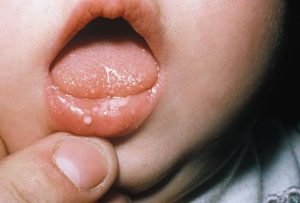
fungal infections in kids
Treatment of candidiasis fungal infections
1. 0.5% gentian violet solution for local application. It gives rise to bluish discoloration.
2. Candid mouth paint is most conve- nient for oral thrush (Clotrimazole).
3. Candid cream for Volvo-vaginitis and Candidiasis intertrigo.
RINGWORM FUNGAL INFECTIONS
Common in older children with poor personal cleanliness. It can affect different parts of the body-
1. Tinea corporis: Fungal infection of body
2. Tinea capitis: Fungal infection of scalp
3. Tinea cruris: Fungal infection of groin
4. Onychomycosis: Fungal infection of nails
The lesion starts as a papule which spread peripherally with central clear- ing. The central portion may have scaling and discoloration. In advanced cases it may form vesicles and pustules giving rise to intense itching.
Differential Diagnosis Tinea versicolor, Pityriasis rosea and Psoriasis.
TREATMENT FOR RINGWORM FUNGAL INFECTIONS
1. Whitfield’s ointment: With salicylic acid 6% and Benzoic acid 12%.
2. Other Preparations which can be did) and Zole cream. If it is associ- used are Oint. Clotrimazole (Can ated with eczema, antifungal cream along with steroid like Flucort-C, Keta-B can be used.
3. In severe cases tablet Griseofulvin, Fluconazole can be used. Dose and duration is discussed in the section of posology.
4. Tab. Fluconazole (Zocon, 50-DT) can be used once a week, in severe cases.
5. Other antifungal agents- Ketoconazole
6. Ketomed soap for bath.
TINEA VERSICOLOR FUNGAL INFECTIONS
Commonly affected parts are neck, chest and back. It appears as multiple hypopigmented patches (Macule) with well-defined margins. These lesions may not give rise to any symptoms. They are covered with fine branny scales. Sensation over these hypopigmented patches is well preserved.
Differential Diagnosis for fungal infections
Leprosy: In Tinea Versicolor patches are multiple and well defined. Sensation for light touch is preserved, whereas in leprosy there is single hypopigmented patch with loss of sensation.
Treatment for Tinea versicolor
Many commercial preparations are available. The best among them is Selenium Sulfide: (Selsun Shampoo): Apply it for 5-10 minutes on affected area and then wash it off. Continue for 3-4 weeks. Other medicines which can be used are Sodium hyposulfite (Sodium thiosulfate) 20% solution,Tinaderm, Candid lotion. Fluconazole is also used for resistant cases.
Tab. Fluconazole 5 mg/kg once a week for 2 weeks.
If associated with dandruff- Fluconazole lotion (Zocon) for L.A. Use shampoo for washing hair.
PYODERMA FUNGAL INFECTIONS
This is the commonest skin infection among the children staying in the slums. It commonly affects legs but lesions can occur anywhere on the body. Multiple papules are formed which may develop into pustules. If not treated properly it may linger around for long time and may lead to glomerulonephritis.
Causative Organisms
Common causative organisms are B hemolyticus streptococci and staphylococci. Furuncle or boil is the commonest presentation. It is deep seated infection of the hair follicle. It starts as a firm nodule which gradually softens and ruptures to discharge pus. If boil is large it may form ulcer. The child may have multiple boils.
Treatment for Pyoderma
1. Local treatment: Clean the affected area with Savlon or diluted Dettol solution. Apply Neosporin or Fucidin ointment 2-3 times in a day.
2. Systemic treatment: For wide- spread infection- Syr. Erythromycin 25 to 40 mg/ kg/day in divided doses. Other drugs which can be used are Syr. Cloxacillin or Syr. Ampicillin or Syr. Cephalosporin or Syr. Clarithromycin.
DERMATITIS FUNGAL INFECTIONS
It presents as inflammation of superficial layers of skin.It may be primary or secondary to drug toxicity or contact allergy .It may be associated with itching and scaling.Commonly observed forms are-
1.Infantile Eczema
This is the commonest problem during first 6 months of life. Sudden appearance of papulovesicular lesions on face makes the parents tense. It is bilaterally symmetrical and it may exist on any other part of body. It may give rise to intense itching leading to excessive crying. Secondary bacterial infection may lead to pustule formation. It may subside on its own but it can relapse with change of climate.
Treatment
In mild cases no treatment is required. If it persists for longer time local application of corticosteroid (Locoid) cream is required.
2. Seborrheic Dermatitis
Common in infants who are subjected to vigorous massage with irritant oils. Initially it presents as red patches gradually these patches may develop scales. Secondary bacterial infection is quite common.
Treatment
Local application of cortico- steroid with antibiotic cream (Beclate-N cream). b. Oral antibiotic like Syr. Erythro- mycin is required for secondary bacterial infection
3.Napkin Dermatitis
Common around buttocks and on inner side of thighs. In male child scrotum may be involved. It may occur due to ammonia production from wet napkin or it may be due to allergy to thick plastic napkin or strong detergents used for washing napkins.
THANK YOU
DAILYAYURVEDIC TEAM


